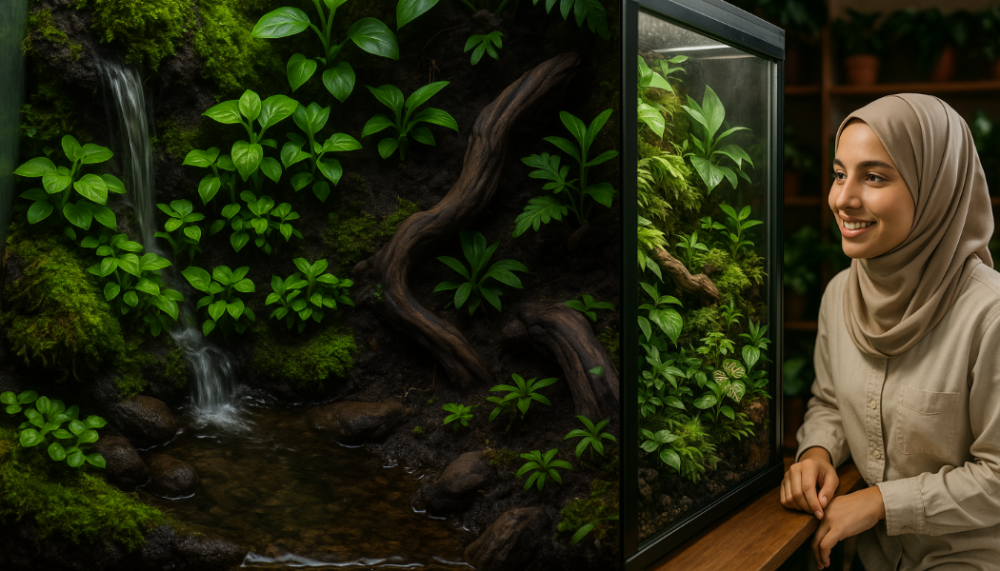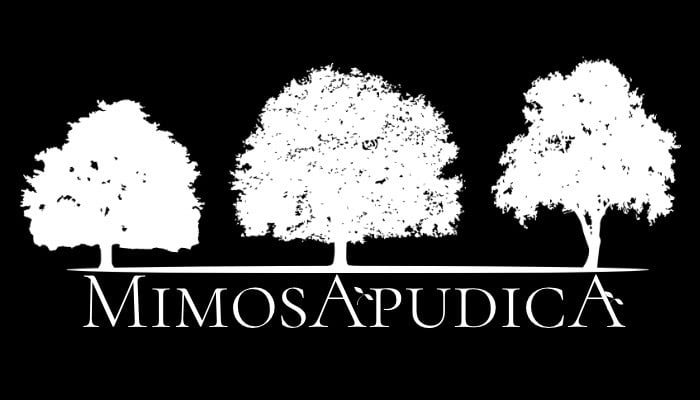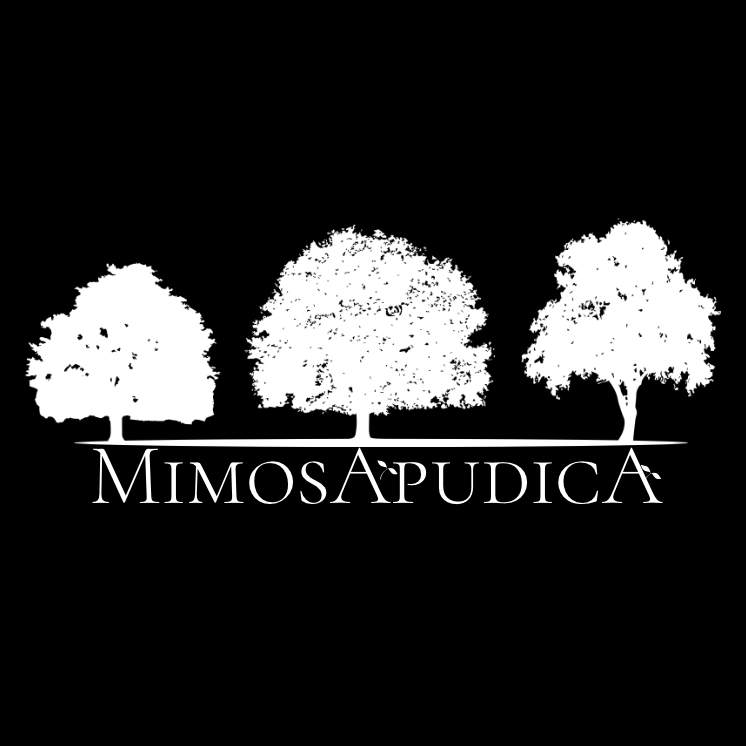
When designing a closed terrarium or a miniature biodynamic environment, many seek to achieve ecological balance without the need for constant intervention. One of the most important principles for achieving this goal is what is known as Microhabitat Zoning, a smart technology based on dividing the internal environment into multiple areas that mimics the diversity of the natural habitats of plants and living organisms.
What is micro-eco-modification?
Micro-ecological modification is the distribution of tyrarium to several different regions in terms of:
Humidity level
Elevation above soil level
Degree of exposure to light
Type of drain and ventilation
The goal is to create different environmental conditions within the same system, allowing the cultivation of diverse plants living in different levels of humidity and light, just as it happens in nature.
The main areas within the terrarium:
1.
Low Area – High Humidity:
It is at the bottom of the tyrarium, where moisture accumulates. Ideal for semi-aquatic plants or those that live at the ends of rivers such as:
Anubias
Cryptocoryne
Hydrocotyle tripartita
This area is also suitable for the presence of organisms such as worms and springtails.
2.
Medium-damp area with ventilation:
A suitable area for tropical plants that need high humidity but without submersion of the roots. Examples:
Fittonia
Peperomia
Calathea
This area can be supported with biologically active soil that helps prevent root rot.
3.
High Area – Less Humid:
Similar to high or dry areas around forest edges, ideal for plants withstand moderate humidity, such as:
Ficus pumila
Begonia rex
Small suicy plants
Here natural logs and woods can be combined to create heights and gradients.
Why is this method important?
Prevents root rot caused by excess moisture
Helps in the stability of the system without permanent human intervention
Prolongs the life of plants inside the tyrarium
Provides a suitable environment for beneficial insects and microorganisms
Gives realism and natural beauty to the terrarium design
Summary:
Micro-ecological modification is not just a random distribution of plants, but a micro-ecological design philosophy that mimics ecosystems in rainforests, river banks, and tropical plateaus. Applying this concept in Terrarium, ensure a healthy, stable, and visually appealing environment in the long term.

